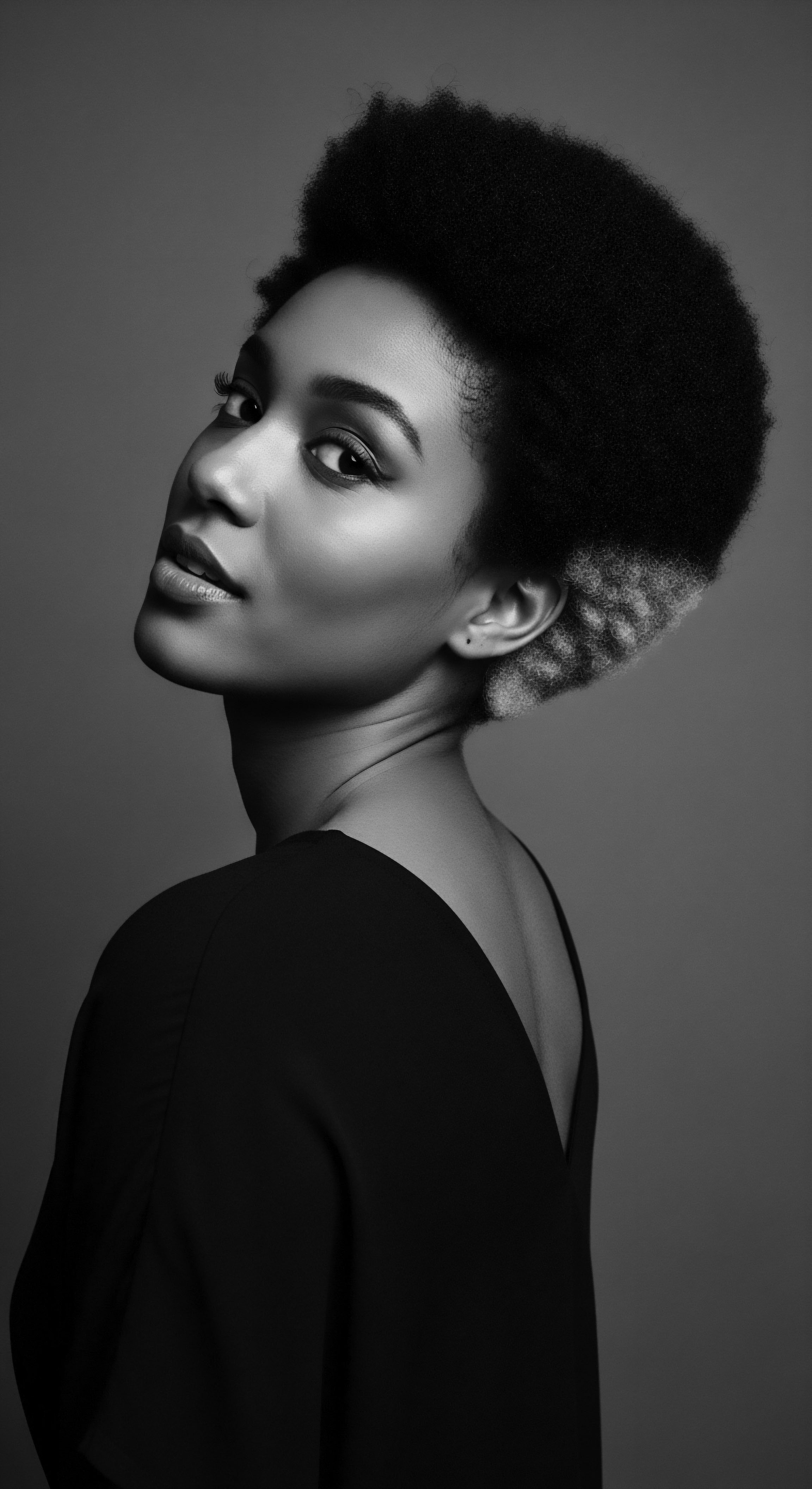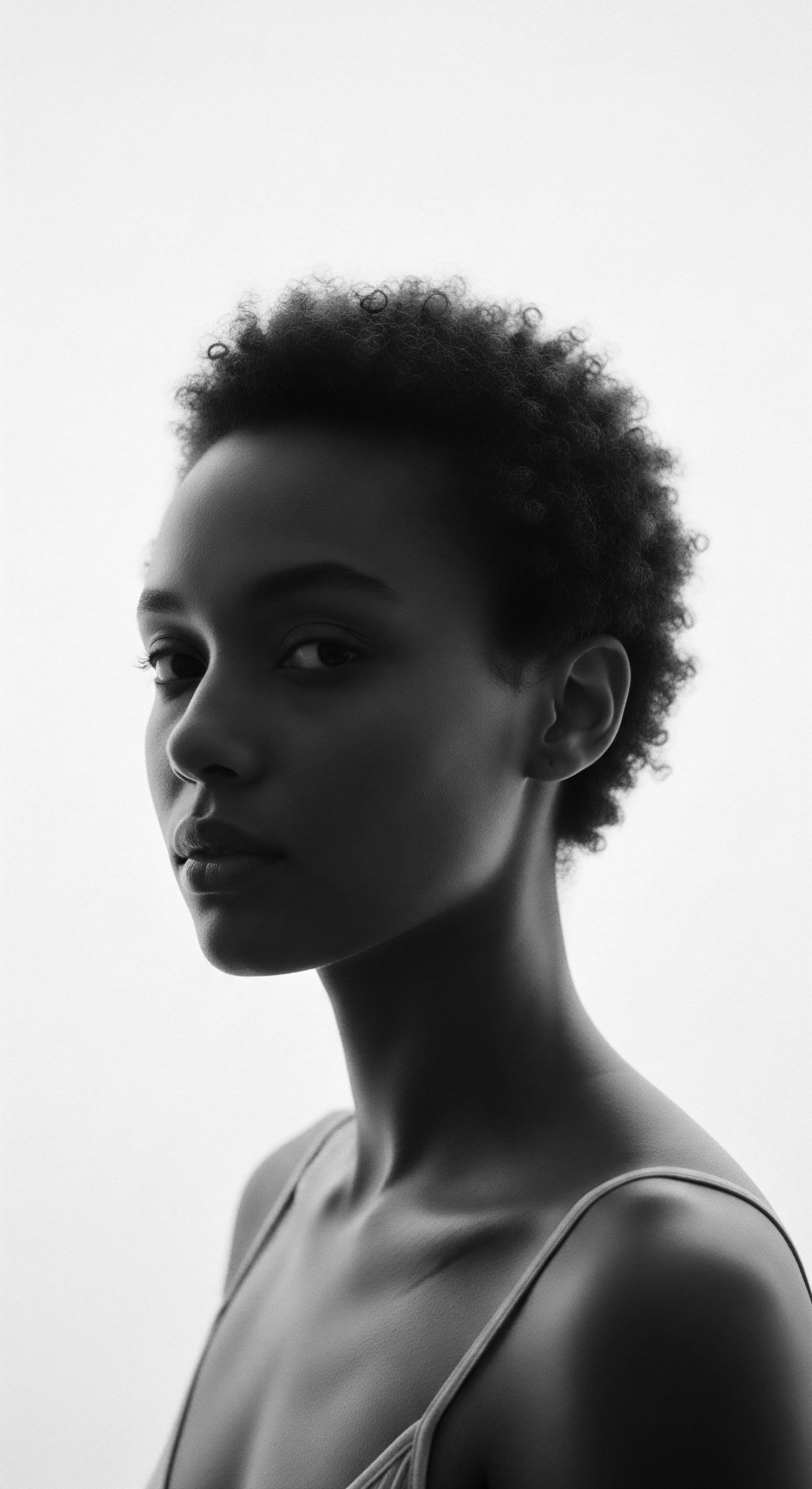
What happens to keratin in textured hair at high temperatures?
High temperatures cause keratin to denature, breaking bonds that alter textured hair’s natural curl pattern, reflecting deep heritage impacts.
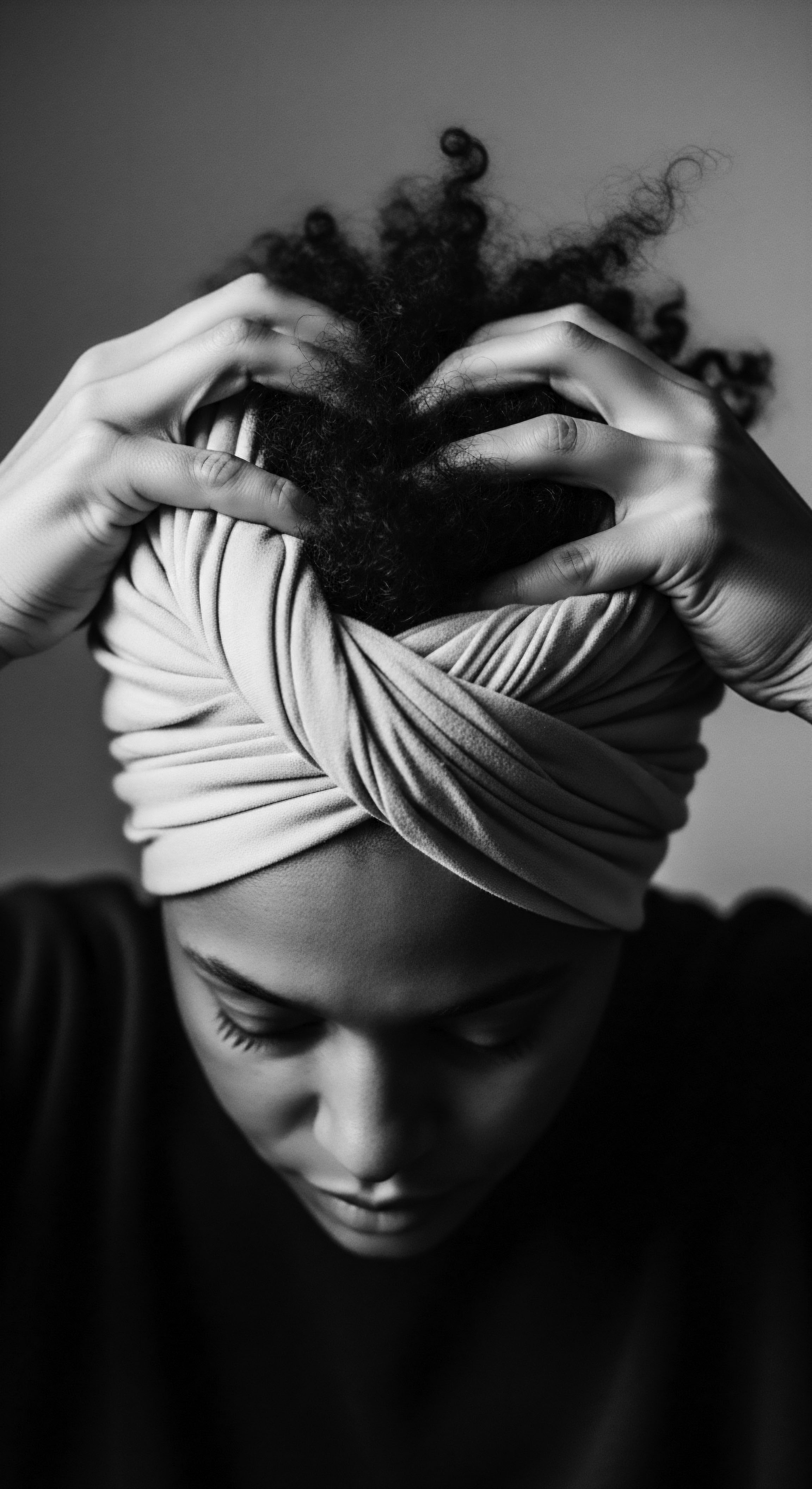
How does the heritage of ancestral cleansing inform contemporary textured hair regimens?
Ancestral cleansing practices, deeply rooted in natural ingredients and gentle techniques, profoundly inform contemporary textured hair regimens by prioritizing moisture, scalp health, and cultural connection.
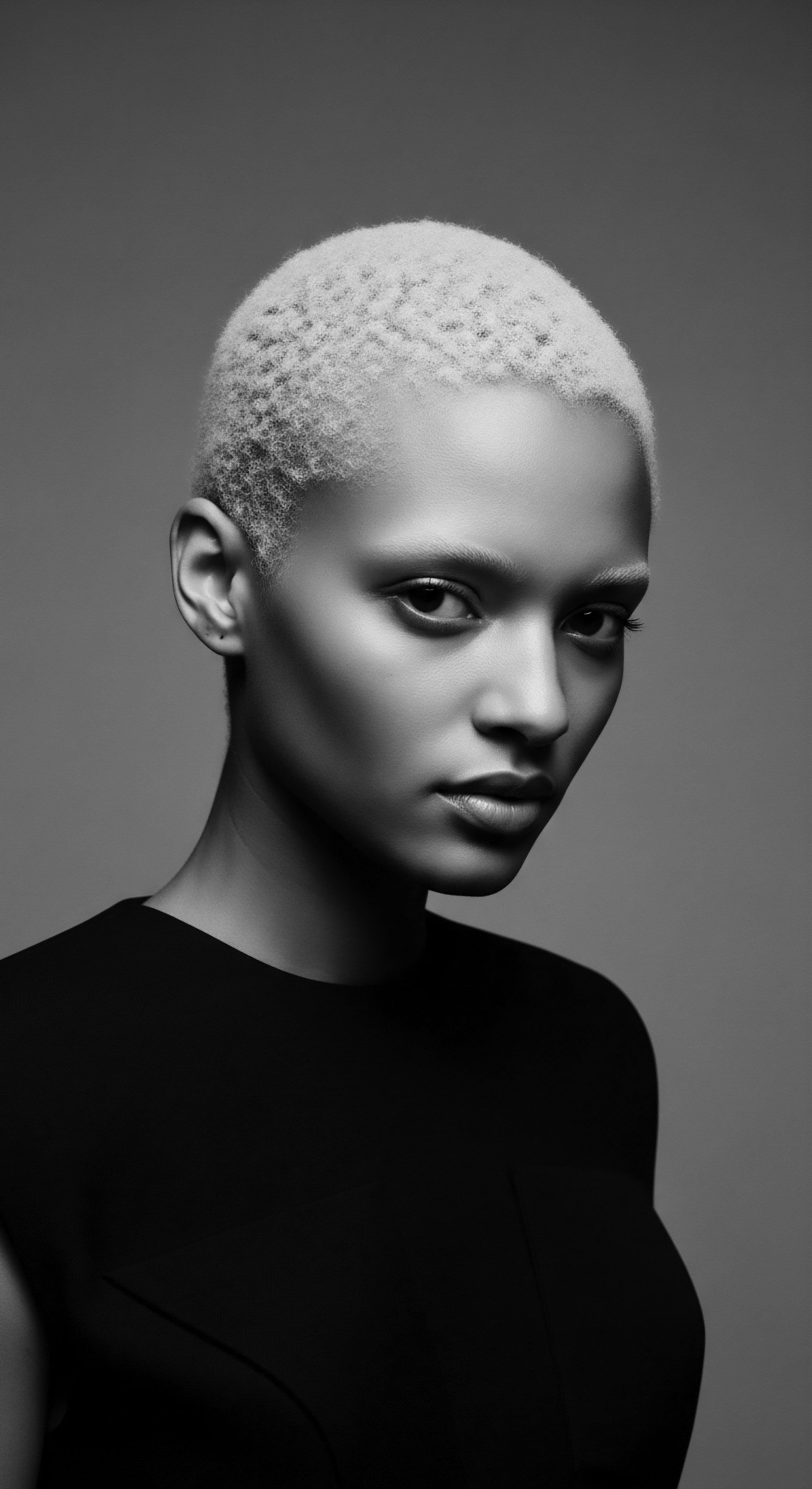
In what ways did henna contribute to hair strength for textured strands?
Henna fortifies textured hair by bonding lawsone to keratin, reinforcing strands, and honoring a rich ancestral care heritage.
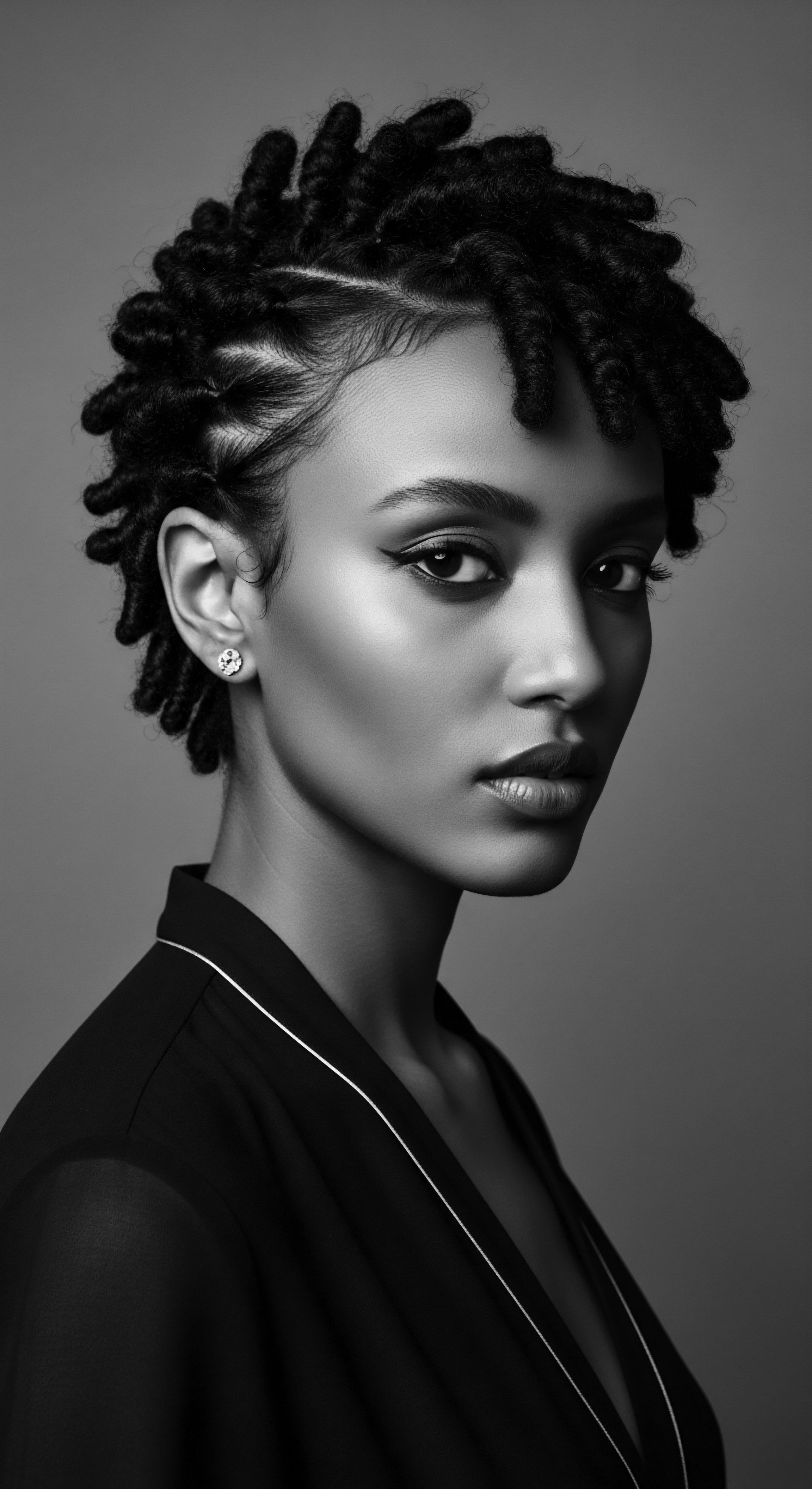
What traditional ingredients protect textured hair during the night?
Ancestral practices for nighttime textured hair protection center on oils, butters, and wraps to seal moisture and minimize friction.

